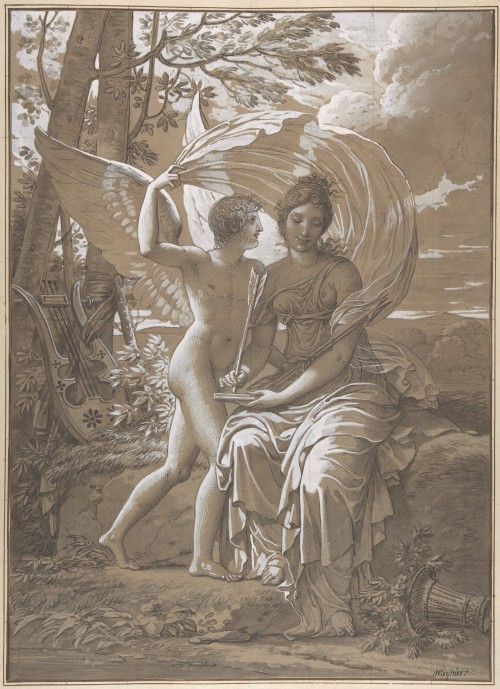#grand manner
The Muse Erato Writing Verses Inspired by Love
Charles Meynier (French; 1768–1832)
ca. 1797
Pen and black ink, brush and gray wash, heightened with white gouache over black chalk underdrawing; squared in black chalk
The Metropolitan Museum of Art, New York
Post link
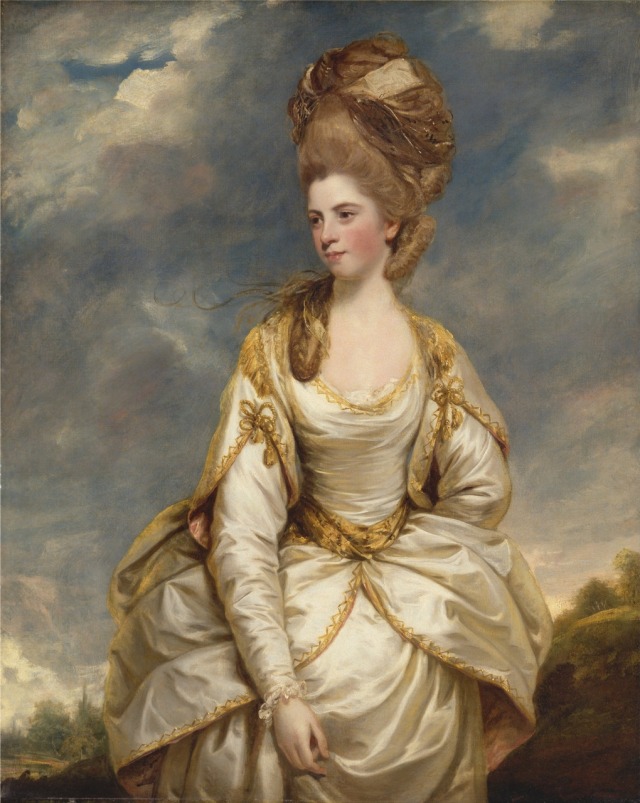
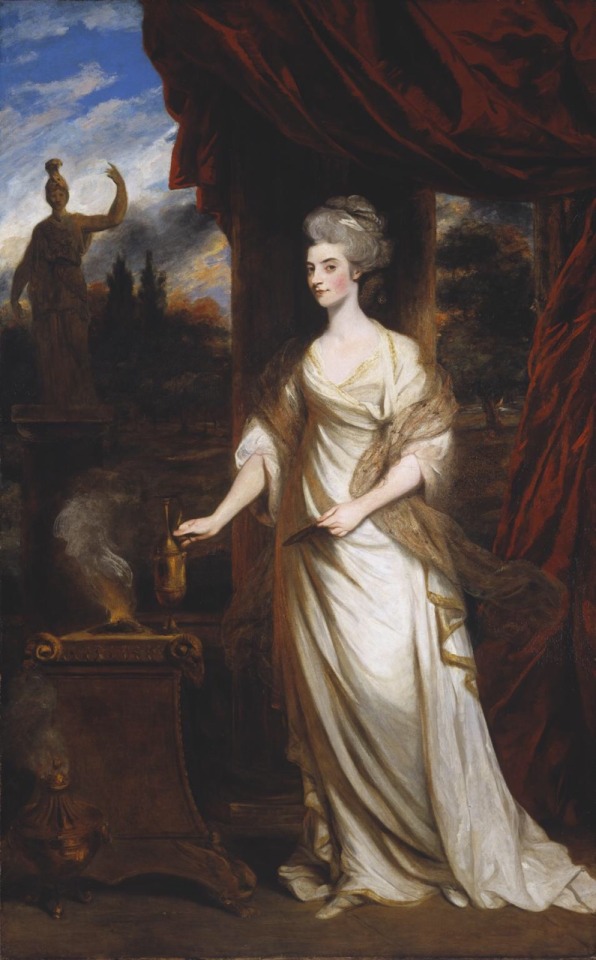


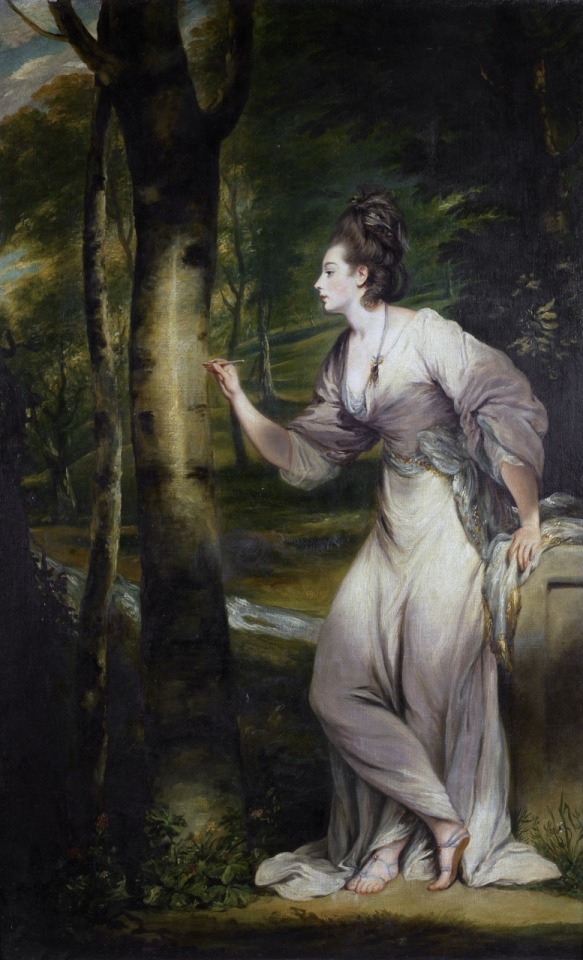
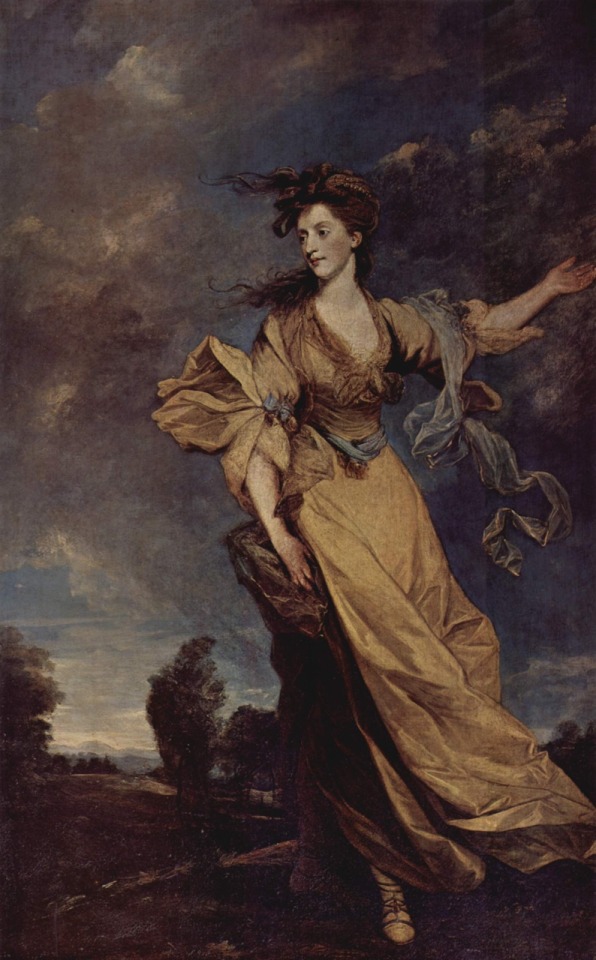
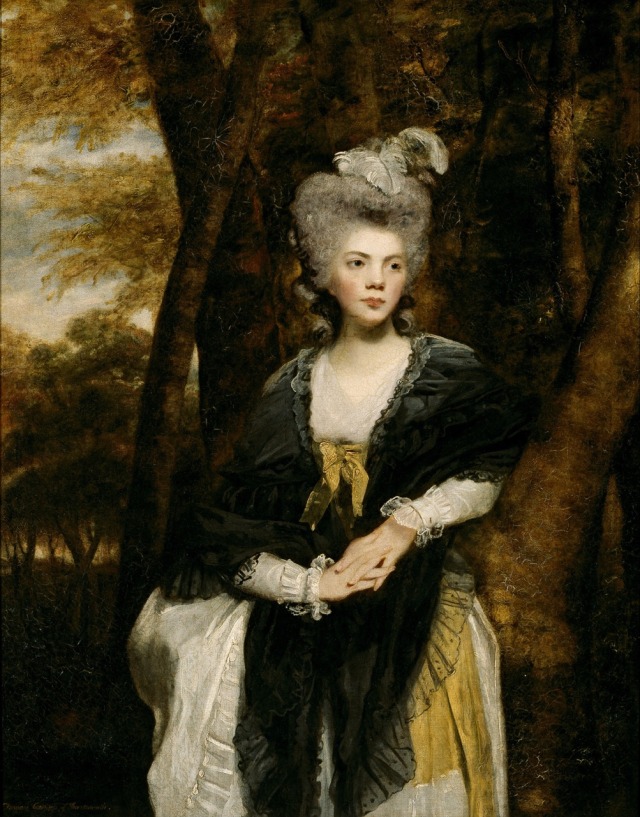
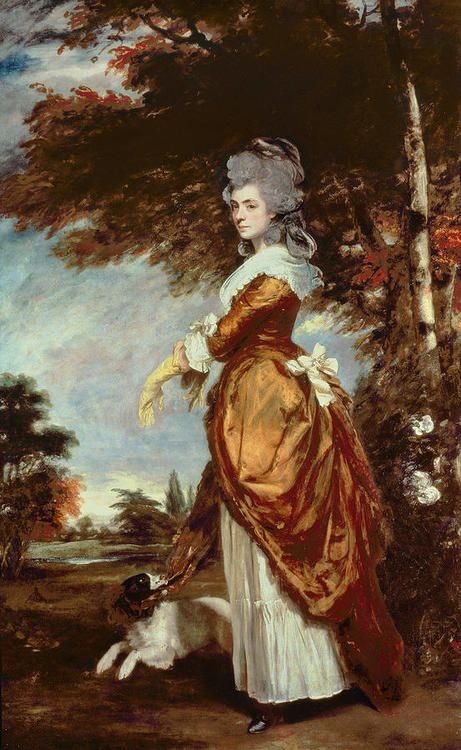


THE GRAND MANNER, or The Ideal Individualiz’d
Joshua Reynolds single-handedly forced English painting out of its backwater and into the mainstream of European art. His advocacy of the Grand Manner—an idealized a blend of High Renaissance and Classical Roman style—was perfectly suited to express the values of timelessness, dignity, authority, and elegance associated with aristocratic ideology.
The Grand Manner registers the social rank of female subjects through the idealization and generalization of such outward signs as luxurious, fashionable costume, elaborate hairstyle, refined pallor, graceful pose and generalized beauty. The style’s classicizing component associates the aristocratic subjects with the timeless prestige of classical antiquity, equipping them with attributes, settings, and/or mythological guises. This incipient neo-classicism coincides with British neo-imperialism.
The figures depicted in Reynolds’ portraits function as semi-allegorical figurations of aristocratic values expressed by surface traits and external qualities. Their function, however, is not limited to the allegorical demonstration of class. In certain cases, the portrait includes a personal or particularized dimension that reveals aspects of the sitter’s individual “nature.” This dimension is not present in every Reynolds portrait. Certain sitters seemingly prefer to remain in the state of generality, while others seemingly have no personality to display.
The particularities expressed might recapitulate the aristocratic qualities conveyed by the allegorical component. For example, the Marchioness of Salisbury’s cold glance over the shoulder differs in tone from other portraits and this individualized detail maintains the appropriate distance between classes. Reynolds uses an equally efficient visual strategy for establishing a social hierarchy in the portraits of Miss Campbell, the Countess of Harrington and Lady Finch. Instead of issuing a direct, disdainful warning, these aloof fix their gazes above or beyond the viewer, never noticing his presence.
Other sitters retain the aristocratic self-image, but temper or mitigate its severity by means of individualization. Although the costume and elegant proportions of Lady Halliday and Vicountess Crosbie establish their immutable nobility, they reject the stately, measured progress through the land exemplified by Mrs Matthews. Instead, the bound through their ancestral parks and spring upon unsuspecting viewers like. free spirits. Similarly, in Mrs Lloyd’s outdoor portrait, her impulsive inscription of her name on a tree relaxes decorum while underscoring her dominion over the landscape at the same time.
Miss Sarah Campbell, 1778, New Haven, Yale Center for British Art; Lady Talbot as Minerva, 1782, London, Tate British; Diana Sackville, Viscountess Crosbie, 1777, San Marino, Huntington Library; Mrs Crofts, 1776, Memphis, Dixon Art Gallery; Mrs Richard Bennett Lloyd, 1775/76, Present Location Unknown; Lady Jane Halliday, 1779, Aylesbury Vale, Waddesdon Manor; Lady Frances Finch, 1781/82, Melbourne, National Gallery of Victoria; Mary Amelia, Marchioness of Salisbury, 1780, Hatfield, Hatfield Hall; Jane Fleming, Countess of Harrington, 1778, San Marino, Huntington Library; Mrs Elisha Matthews, 1777, Houston, Museum of Fine Arts.

